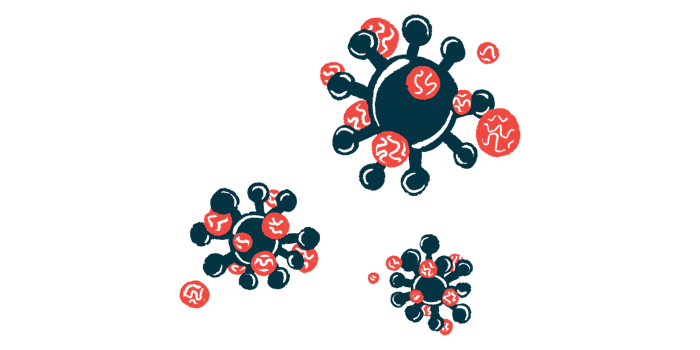Newly discovered sets of immune cells, genes may influence MS
Novel technique identifies groups of helper T-cells affecting immune system

Using a newly developed molecular analysis, a research team has discovered previously unknown subsets of immune cells and genes that may play a role in multiple sclerosis (MS) and other immune-mediated diseases.
“We discovered new types of helper T cells as well as genes related to immune disorders. We hope that this knowledge will lead to a better understanding of the genetic mechanisms underlying human immune-mediated diseases,” Yasuhiro Murakawa, PhD, the study’s senior scientist and a genomics lab director at the RIKEN Center for Integrative Medical Sciences in Japan, said in a center press release.
Findings were published in Science, in the paper “An atlas of transcribed enhancers across helper T cell diversity for decoding human diseases.”
Helper T-cells work to coordinate the activity of other immune cells
Most genes provide instructions for making proteins needed for cells to function as intended. Every cell in a person’s body has all of the same genes, but only a subset of genes are expressed (active) in any given cell, directing that cell’s particular activity.
One of the main mechanisms that controls the expression of genes within cells are enhancers, or specific sequences of genetic code that act to “turn on” certain genes. In this study, scientists devised a novel analytical technique, called ReapTEC, to identify genes controlled by enhancers.
“We have developed a new genomics method that can be used by researchers around the world,” Murakawa said.
Researchers applied this method to analyze about one million T-cells. These immune cells play central roles in fighting infections, but they also are key players in the excessive inflammation that drives immune-mediated disorders like MS.
The team particularly focused on so-called “helper” T-cells, which are a broad subset of T-cells that work by secreting signaling molecules to coordinate the activity of other immune cells.
A few common subtypes of helper T-cells previously have been identified, such as Th1, Th2, Th17, and regulatory T-cells (Tregs). But this study’s scientists found even more specific subtypes not reported previously, as well as thousands of genes that are regulated by enhancers within these T-cells.
They made these datasets available to other researchers in the hope of spurring further investigation into these newly discovered cell types.
“Our study provides a platform for integrating and elucidating [helper] T cell diversity and genetic risk of immune-mediated diseases,” the researchers wrote.
Genes spotted in new analysis linked in earlier work in MS, like diseases
To understand the role of these enhancer-regulated T-cell genes in human disease, the researchers cross referenced their findings with data from previous genome-wide association studies (GWAS).
GWAS is another form of genetic analysis where scientists look at genetic variants in two groups of people, one with the disease and one without. Variants that are significantly more common in the disease group are likely to be associated with that disease.
Through their cross-reference work, the researchers found that many of the genes controlled by enhancers in helper T-cells also were identified in prior GWAS as linked with MS and other immune diseases.
Many of these genes are known to play roles in coordinating immune activity, the researchers noted, adding that this finding “provides many insights into the molecular pathways underpinning human diseases.”
Further studies that delve into the functional roles of these genes “will shed light on new clinically relevant biomarkers and therapeutic targets, paving the way toward the development of innovative medicines,” the researchers wrote.







